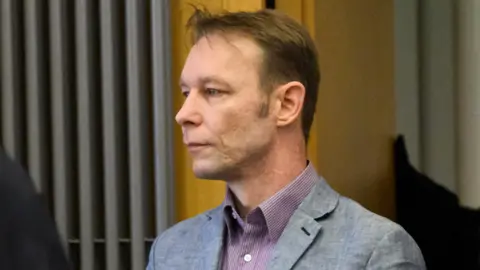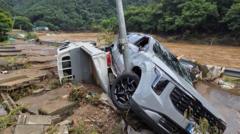Amidst contemporary tragedies producing countless missing persons, the evolution of DNA technology is offering a beacon of hope. With wars raging in regions like Ukraine, Myanmar, and various points in the Middle East, alongside climate-induced disasters, the need for comprehensive identification of lost individuals has never been more pressing. Recent advancements in DNA science promise to connect families with their lost loved ones by improving the identification of highly degraded human remains.
A significant development comes from forensic scientists studying the remains of Vietnamese soldiers from the Vietnam War. This progress reflects a larger wave of scientific innovation in the field. Experts believe emerging DNA sequencing technologies hold the potential to resolve numerous cases involving unidentified human remains, paving the way for families to finally receive answers.
Recent breakthroughs in next-generation sequencing (NGS) are transforming forensic identification. By analyzing millions of DNA fragments, particularly single nucleotide polymorphisms (SNPs), scientists can now attain remarkable accuracy even when dealing with ancient or damaged remains. Organizations like the International Commission on Missing Persons, established in the aftermath of the Balkans wars, are expressing optimism about these advancements and their capacity for large-scale identification efforts.
In Vietnam, a new commission program has highlighted the ability to derive precise DNA profiles from bones that have significantly degraded over time, thanks to conducive environmental conditions like acidic tropical soil. Similarly, American military scientists are exploring ways to identify remains dating back to as far as World War II, which adds to the hope of reuniting families with their missing relatives.
As scientists continue to develop these advanced methodologies, the expansion of DNA technology holds the promise of unraveling many of the complex realities surrounding missing persons events. Each breakthrough not only amplifies the potential for identification efforts but also brings renewed hope to countless families yearning for closure.




















